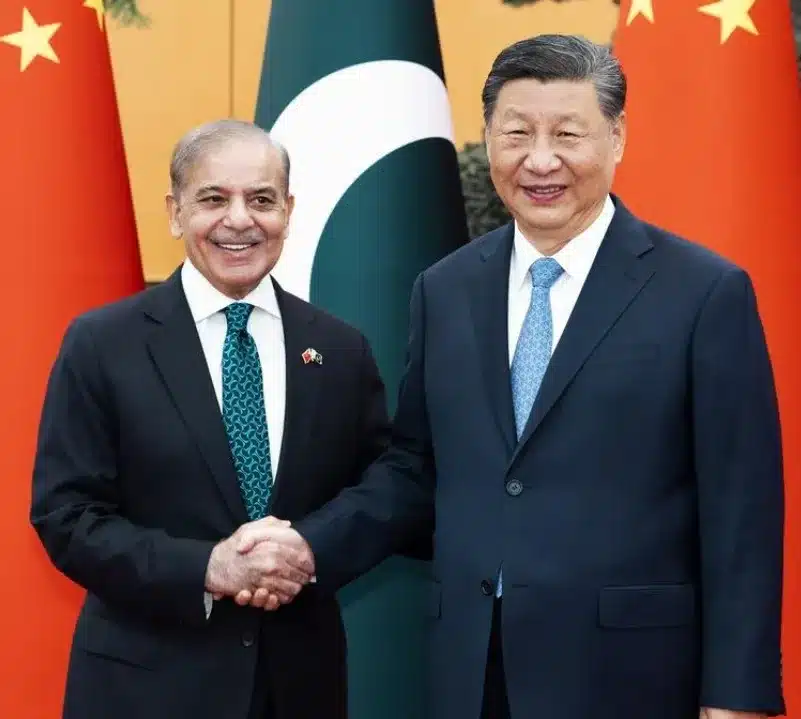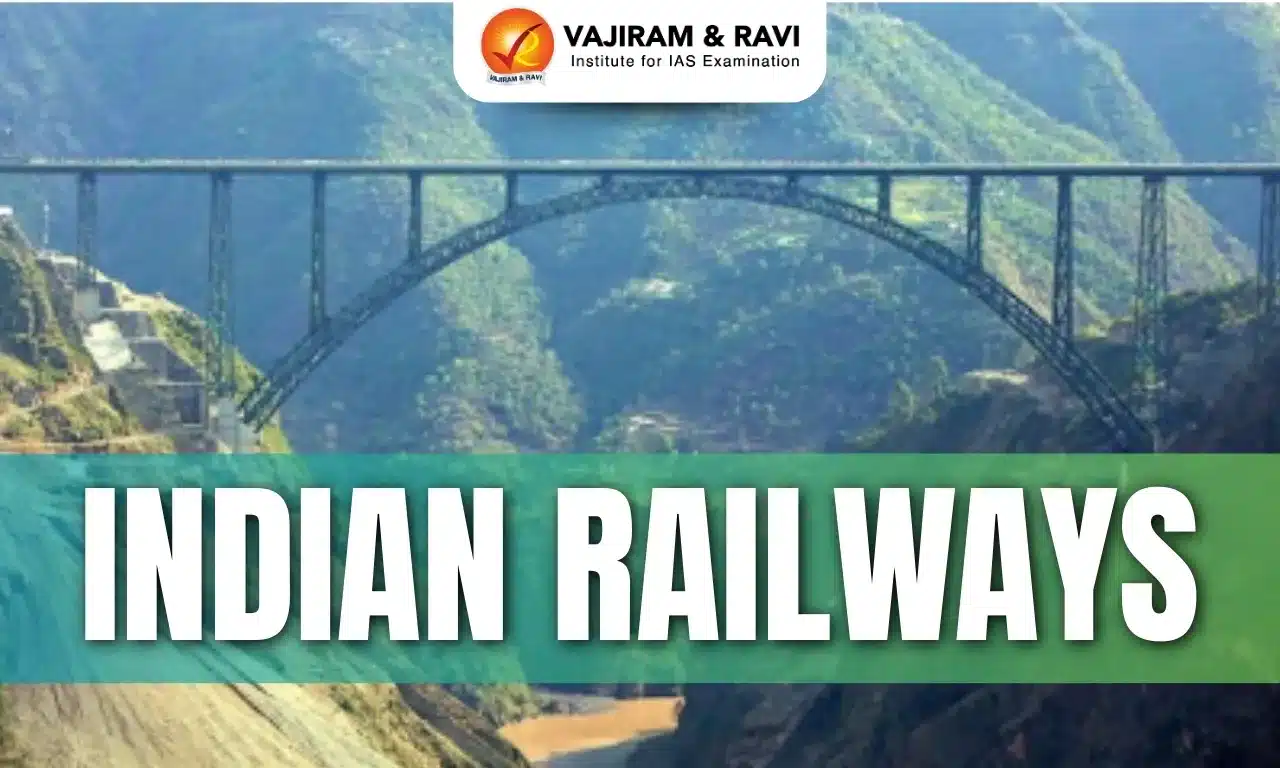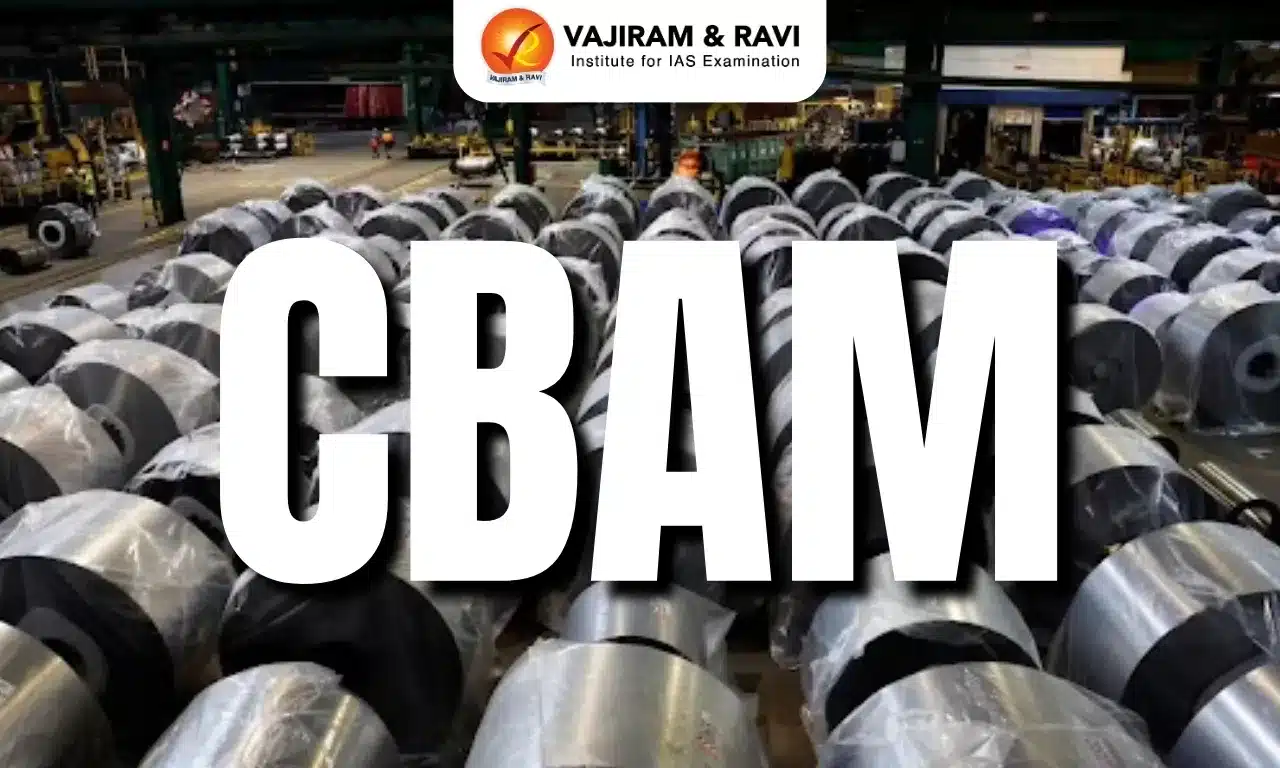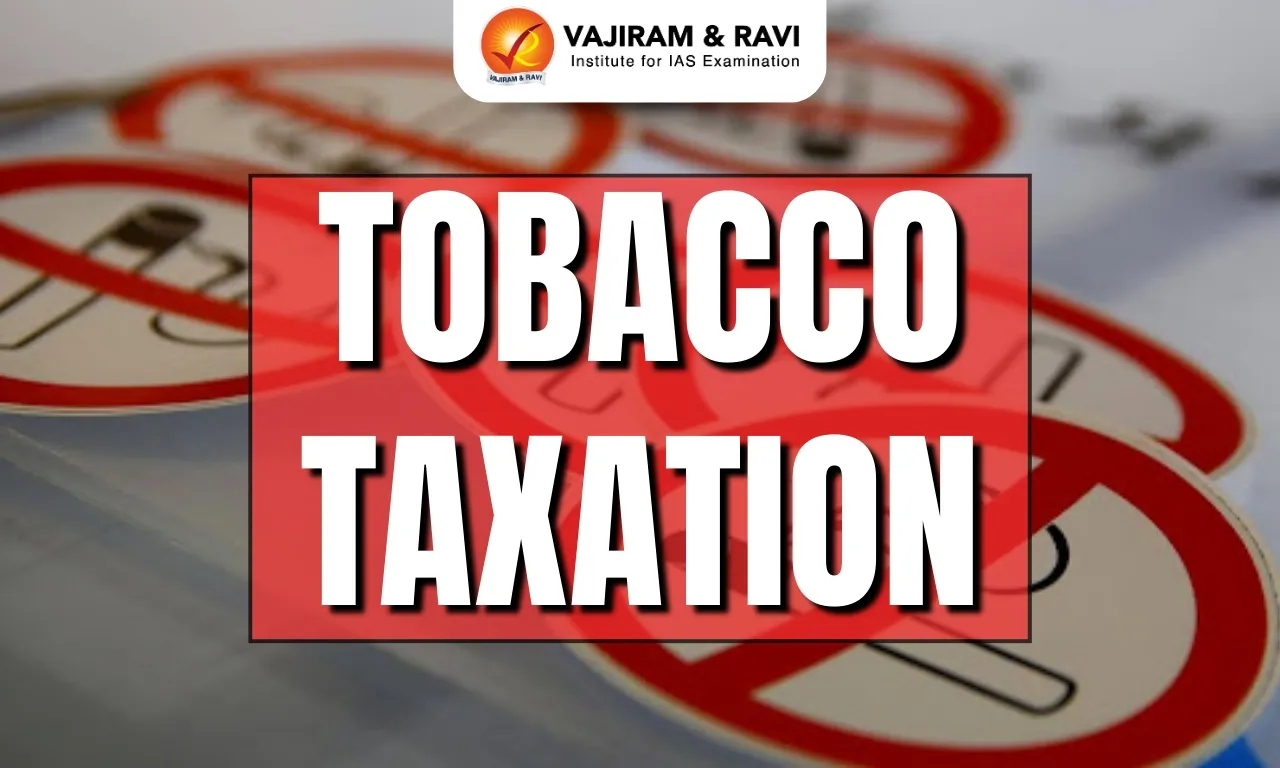What’s in today’s article?
- Why in News?
- What is China-Pakistan Economic Corridor (CPEC)?
- What are the different phases of CPEC?
- What are the reasons behind the stalled project under CPEC?
- India & CPEC
- Debt burden of Pakistan and role of China
Why in News?
- Pakistan’s Prime Minister Shehbaz Sharif is on a five-day visit to China. During this visit, Pakistan PM and Chinese President Xi Jinping agreed on the upgradation of the China-Pakistan Economic Corridor (CPEC).
- Both the leaders also decided to advance high-quality development of this project in the second phase.
What is China-Pakistan Economic Corridor (CPEC)?
Image caption: Route of CPEC
- During an April 2015 visit to Islamabad, Chinese President Xi Jinping and Pakistani PM Nawaz Sharif unveiled the $46 billion China-Pakistan Economic Corridor (CPEC).
- CPEC quickly ballooned to $62 billion in pledges—one-fifth of Pakistan’s GDP—covering dozens of envisioned high-profile projects.
- The corridor links Xinjiang with Gwadar, and also passes through Pakistan-occupied Kashmir (PoK) where China is investing in a number of projects.
- Often described as a flagship project of the Belt and Road Initiative, the stated goal of CPEC is:
- to transform Pakistan’s economy by modernizing its road, rail, air, and energy transportation systems; and
- to connect the deep-sea Pakistani ports of Gwadar and Karachi to China’s Xinjiang province and beyond by overland routes.
What are the different phases of CPEC?
- First Phase
- Various agreements such as energy, infrastructure, port development and the railway line construction have been signed under the first phase of this project.
- I.e., first phase focused on infrastructure creation.
- However, the progress in this phase has been patchy.
- Data from the CPEC website show that of the 21 proposed power projects, 14 have been completed, two are under construction, and five are yet to start.
- Of the 24 proposed transport-related projects (rail and road), six have been completed, but no work has started on 13.
- According to the official Chinese news agency Xinhua, CPEC had brought direct investment of $25.4 billion to Pakistan until 2022.
- Various agreements such as energy, infrastructure, port development and the railway line construction have been signed under the first phase of this project.
- Second Phase
- In February 2022, during the visit of Pakistani PM to China, industrial cooperation agreement was signed.
- This is being dubbed as the second phase of CPEC.
- The second phase primarily revolves around Special Economic Zones development and industrialisation.
What are the reasons behind the stalled project under CPEC?
- Chinese concerns
- CPEC faces significant challenges due to Chinese concerns over corruption, bureaucratic delays, and political instability in Pakistan.
- Security situation in Gwadar
- The security situation in Balochistan, where Gwadar is located, is particularly problematic.
- Numerous Chinese nationals have been killed in terrorist attacks by Baloch militants since 2018.
- The Baloch people view Gwadar as a symbol of economic injustice, as CPEC has not generated quality jobs or economic benefits for the local population.
- Pakistan’s security issues as a major concern for future Chinese investments.
- Chinese approach of not partnering with local companies
- The Chinese approach of not partnering with local companies limits job creation for Pakistani youth.
- While the CPEC was expected to create over 2 million jobs for Pakistanis, government data shows that fewer than 250,000 jobs have been generated so far.
- Since Chinese companies are tax-exempt and bring their own labor from China, they do not rely on Pakistani businesses, further reducing local employment opportunities.
- The Chinese approach of not partnering with local companies limits job creation for Pakistani youth.
India & CPEC
- CPEC and the Sovereignty of India
- This corridor is not only passing through India’s territory but also posing a threat to the sovereignty of India.
- It passes through Gilgit-Baltistan area of Kashmir which is occupied by Pakistan.
- The corridor enters into Gilgit-Baltistan through Khujerab Pass.
- This area is a part of the erstwhile princely state of Jammu and Kashmir and claimed by India.
- India believes that CPEC violates the sovereignty and the territorial integrity of India.
- This corridor is not only passing through India’s territory but also posing a threat to the sovereignty of India.
- CPEC and Security threat to India
- Ever since the construction of the corridor is started, the Chinese military presence in the area is also embarked.
- In 2017, Chinese troops marched in the parade of Pakistan’s day in Islamabad.
- This was the first time when Chinese military took part in any parade outside its country
- Apart from the naval vessels deployed in Pakistan, eight submarines are also delivered to it by China.
- China is planning to build its second a naval base in Gwadar port after Djibouti in 2017.
- These activities of China are a serious security threat to India since China is encircling India into the Indian Ocean.
Debt burden of Pakistan and role of China
- China’s Growing Hold on Pakistan’s Debt
- According to the International Monetary Fund (IMF), China’s share of Pakistan’s external debt has risen from $4 billion in 2013 to roughly $30 billion of the current $126 billion.
- Between July 2021 and March 2022, more than 80% of Pakistan’s bilateral debt service payments went to Beijing.
- Concerns Over Debt Dependency
- There are concerns both within and outside Pakistan that this debt burden is unsustainable and may turn Pakistan into a client state of China.
- Critics liken CPEC to a neo-colonial project, similar to the British East India Company’s control over the Indian Subcontinent.
- IMF’s Bailout Package and Debt Obligations
- In March 2024, the IMF released a $1.1 billion tranche of a $3 billion bailout package to Pakistan.
- The government is negotiating a new package of $6-8 billion, but debt obligations to China are a major hurdle.
- Conditions for Further Assistance
- The IMF has stipulated that its resources should not be used to service Chinese debt.
- The IMF has indicated that any new agreement will require rescheduling the maturities of Chinese debt instruments due in the next three years to prevent a positive net outflow from Pakistan to China during the program period.
Q.1. What is Xinjiang province?
Xinjiang, an autonomous territory in northwest China, is a vast region of deserts and mountains. It’s home to many ethnic minority groups, including the Turkic Uyghur people.
Q.2. What is the International Monetary Fund (IMF)?
The International Monetary Fund (IMF) is an international organization that promotes global economic growth and financial stability, encourages international trade, and reduces poverty.
Source: Pakistan PM Shehbaz Sharif, President Xi Jinping agree to upgrade CPEC
Last updated on January, 2026
→ Check out the latest UPSC Syllabus 2026 here.
→ Join Vajiram & Ravi’s Interview Guidance Programme for expert help to crack your final UPSC stage.
→ UPSC Mains Result 2025 is now out.
→ UPSC Notification 2026 is scheduled to be released on January 14, 2026.
→ UPSC Calendar 2026 is released on 15th May, 2025.
→ UPSC Prelims 2026 will be conducted on 24th May, 2026 & UPSC Mains 2026 will be conducted on 21st August 2026.
→ The UPSC Selection Process is of 3 stages-Prelims, Mains and Interview.
→ UPSC Result 2024 is released with latest UPSC Marksheet 2024. Check Now!
→ UPSC Toppers List 2024 is released now. Shakti Dubey is UPSC AIR 1 2024 Topper.
→ Also check Best IAS Coaching in Delhi


















